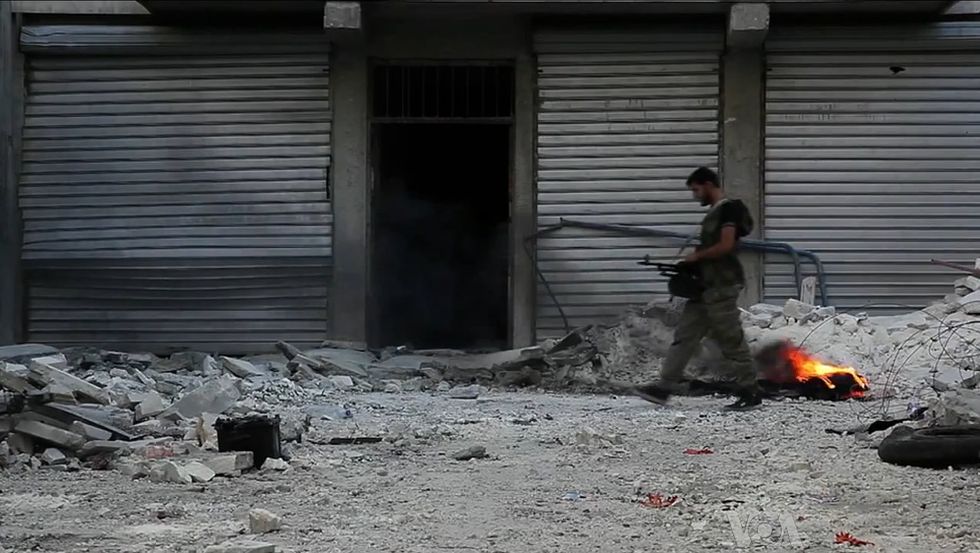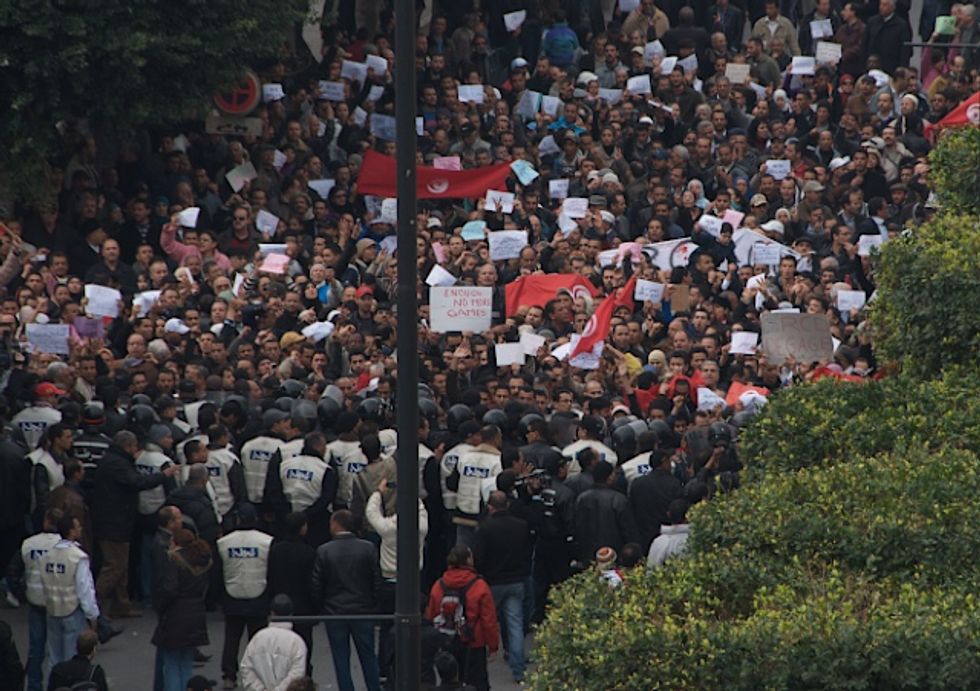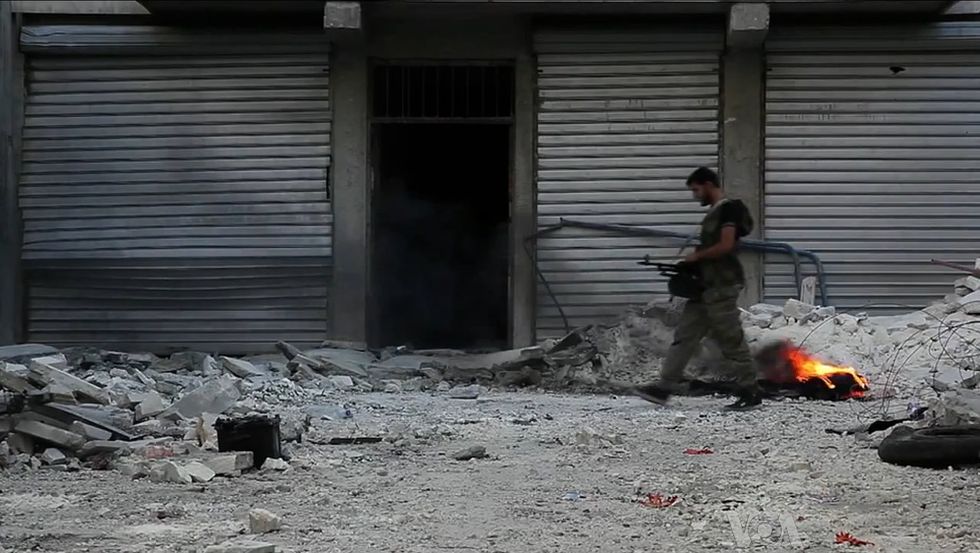In the summer of 1939, the ship St. Louis was carrying 937 passengers who were mostly Jewish. They were fleeing Nazi Germany, these passengers turned away. They headed back to Europe where most of them died in the Holocaust.
The President at the time, Franklin Delano Roosevelt, would argue that refugees posed a threat to American security. As World War II progressed and the mass killing of European Jews worsened in Europe, American immigration policies tightened.
Fast forward to 2018, the current president who lacks any international political experience, has once again echoed the same sentiments even after many men and women in the Middle East died and have put their lives on the line to establish in their own nation a democracy.
The carnage that has for seven years been ravaging Syria goes back to 2010 in the city of Sidi Bouzid Tunisia.
In the city of Sidi Bouzid, Tunisia on December 17, 2010, Mohamed Bouazizi , a 26-year-old street vendor, had his cart confiscated by a policewoman, who insulted and then slapped Bouazizi after he tried to protest the injustice. He took his complaints to the local officials to just be ignored after that, Bouazizi was frustrated and ashamed of the public humiliation. Bouazizi would end up self-immolating himself in the front of the local municipality building.
Bouazizi self-immolating sparked the Jasmine Revolution also known as the Tunisian Revolution.
The day Bouazizi set himself on fire many in the city of Sidi Bouzid went to the streets to protest the government corruption, political repression, social inequalities, and unemployment.
Through social media, many activists would send and encourage neighboring cities in Tunisia to take to the streets and protest, and they did. Tunisians came together to protest the government, eventually their “president, Zine El Abidine Ben Ali, who had ruled Tunisia for 23 years, on January 14, 2011, Ben Ali stepped down and fled to Saudi Arabia.
The ousting of the dictator, Ben Ali, would spark what we know as the Arab Spring in Egypt and the Middle East, including Syria.
Many under repressive governments became encouraged to take to the streets and protests their repressive governments. Many have lost their lives for the hope for a better life and to see a democracy established in their nation.
On March 15, 2011, Syrians take to the streets in Damascus and Aleppo known as the “Day of Rage.” Many were protesting the release of a 14-year-old boy you graffitied on the side of a school anti-government slogan saying, "it's your turn, doctor." The Syrian government was outraged, they arrested and tortured 22 Dera boys, including the boy who graffitied the wall, Naief Abazid.
The Syrian government, like the Tunisian, and like the Egyptian government, before the Arab Spring were all considered or are considered dictatorships. In Syria, the family of the current “president”, Bashar Al-Assad, have been in power since the 1970s coup.
Many of the activists that took the streets in the name for democracy on March 15, 2011, could not have foreseen the war that was about to be brought upon them and many innocent women, children, and men.
Half a million Syrians have died. 10.9 million have fled their homes, which have forced them into the arms of traffickers or have died in the Mediterranean crossing over to Europe to flee the violence.
The Syrian government has starved its own cities into submission. Many have died and yet the world continues to look away.
The United States, a nation that has championed itself to democracy and freedom has looked the other way and has halted and restricted Syrian refugees from entering the country, in fear that these refugees may be a "threat" to our national security, many refugees being children.





 Photo by
Photo by  Photo by
Photo by  Photo by
Photo by 



















